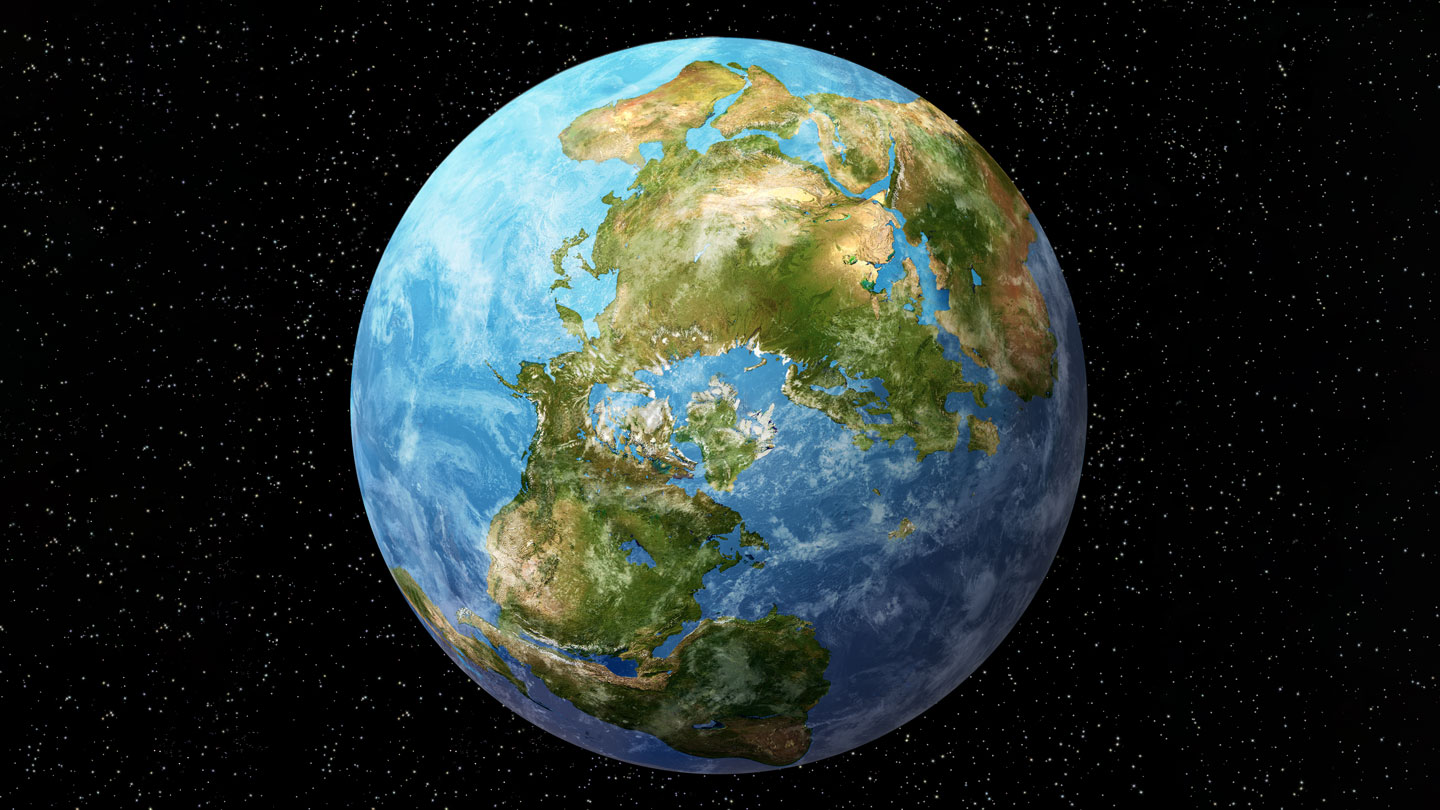The Next Supercontinent
Ross Mitchell
Univ. of Chicago, $30
Although Mitchell’s destination is the distant future, don’t be fooled. His book is as much a romp through the past as it is a look ahead, complete with references unique to the present (like Dwayne “The Rock” Johnson helming a speedboat as it crests a supercontinent.html” title=”Prediction: North America and Asia on a Collision Course to Form the Next Supercontinent”>highly improbable tsunami that ravages the Golden Gate Bridge in the movie San Andreas).
On the journey back in time, Mitchell visits how the continents came together in the past to form the previous supercontinents. He begins about 300 million to 200 million years ago with lush, dinosaur-laden Pangaea, which was centered on present-day Africa. He then goes back to a billion years ago to barren Rodinia, whose center consisted of much of today’s North America plus Greenland. Two billion years ago, there was what some scientists call Columbia — the Siberia-centric first supercontinent.
Tracking the paths of today’s continents through history takes some serious scientific sleuthing. This often begins with fieldwork to collect samples that constrain when a rock formed and its latitude at that time. To give readers a taste of such (mis)adventures, Mitchell shares how he lost half his right thumb in the Australian Outback while unearthing some of Rodinia’s mysteries, and when he and a colleague were nearly stranded with their samples on a frigid lake in Canada’s Northwest Territories.
2023-07-21 06:00:00
Article from www.sciencenews.org
